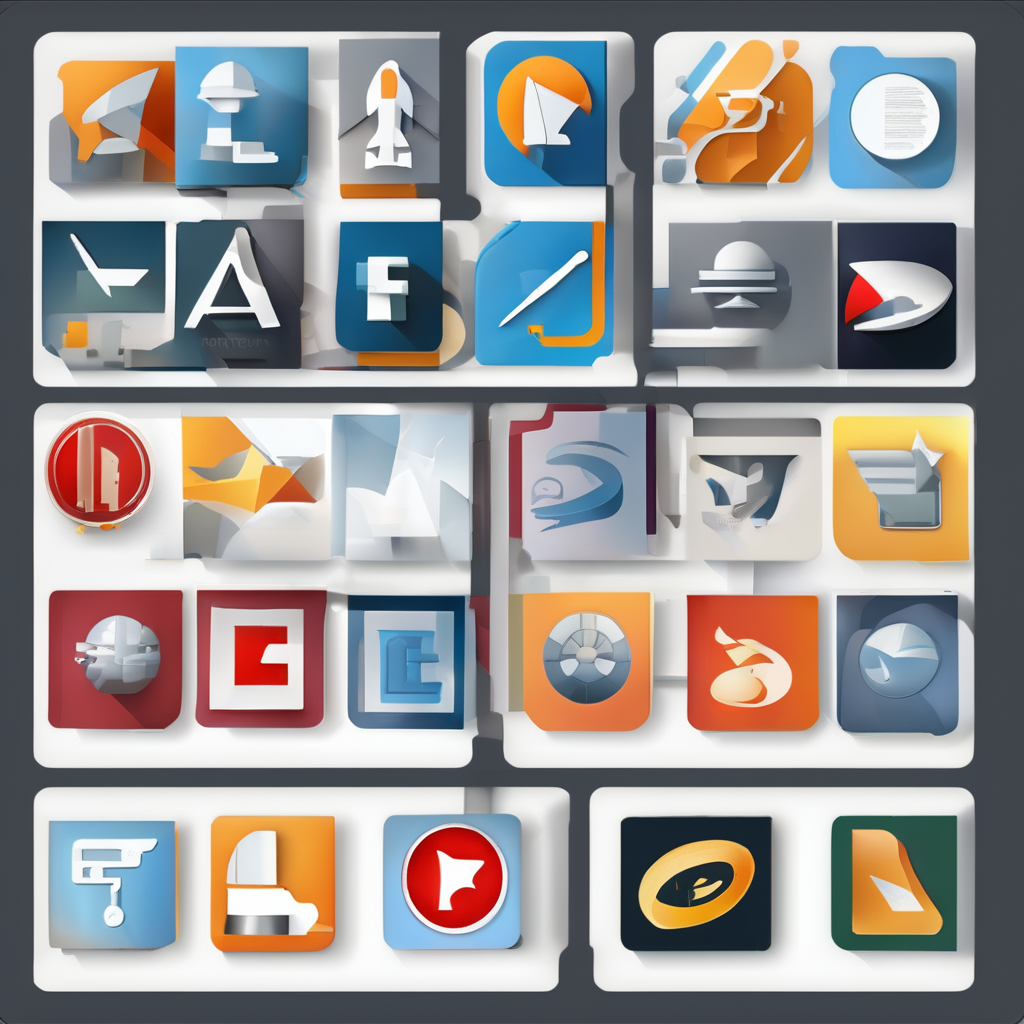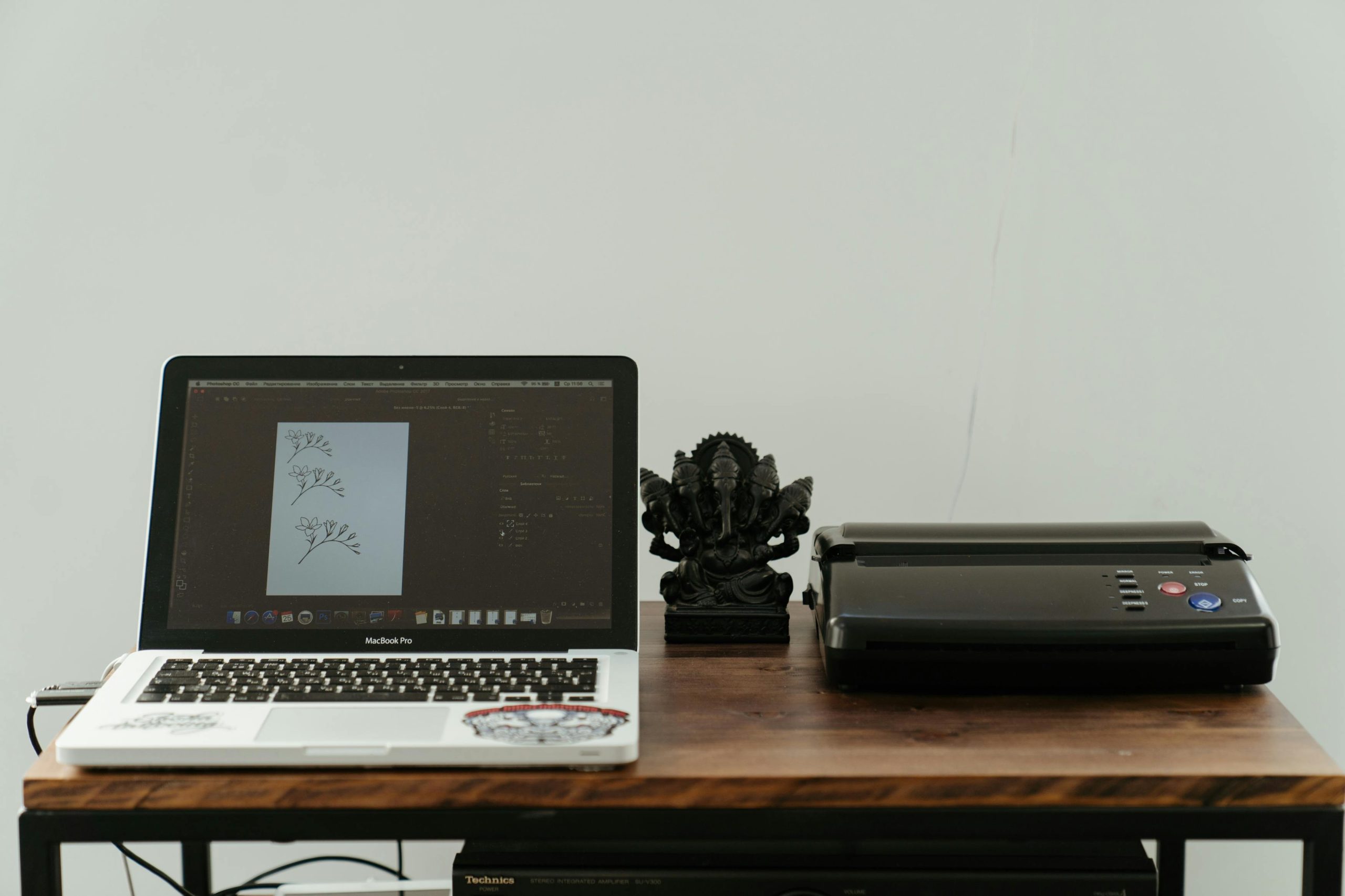Label printers, whether portable or designed for the office, are essential tools for printing barcodes, invoices, coupons, and labels in various sectors. Used in diverse environments such as logistics, home, retail, or healthcare, these thermal printers offer fast and high-quality printing, with either direct thermal or thermal transfer technologies depending on the model. Leading brands like Zebra, Brother, and TSC (including TTP series, wireless models, etc.) offer a wide range of printers and labelers that cater to specific needs with different widths, speeds, resolutions (dpi), roll formats, and specialized options. Whether you’re printing labels in the office or on the go with a Brother mobile printer, each thermal printing solution is designed to deliver performance, cost-effectiveness, and compatibility. With ease of use, connectivity, and many features, these printers ensure efficient printing of custom labels, including barcodes, all while providing excellent inventory organization, enhanced traceability, and improved shipping management, with or without ribbons.
Comparing portable and desktop label printers
When choosing portable and desktop label printers, it’s crucial to consider the type of labels, the printing volume, and the features you need. Here’s a comparison between portable and desktop printer models, focusing on thermal technology, wireless connectivity, print performance (dpi), and cost.
Topic to read : Maximize your email efficiency with our free email checker
Portable label printers : mobility and practicality
Portable label printers, like the Epson LW-C410 or various TSC series models, are designed for users on the move or those working in small spaces (home offices, small businesses). These thermal models, often from TSC or Brother, typically use direct thermal printing, eliminating the need for ribbons or ink, which reduces consumable costs. Compact, lightweight, and sleek, portable printers are ideal for quick printing of small labels or identifiers, although some users may prefer thermal transfer models for more durability.
Advantages:
Also read : Top label printers for portable and desktop use: what to consider
- Ideal for on-the-go or home use
- Affordable cost and quick delivery
- Wireless options for untethered use
- Simple operation with labelers
- Fast thermal printing for small volumes
Disadvantages:
- Lower print speed and performance (lower dpi)
- Limited label width and sheet length
- Less robust for heavy-duty or warehouse use
Desktop label printers : power and performance
Desktop printers, such as the Brother QL-810NWB or Zebra GK420d, are designed for regular, professional use. They offer high print speeds, better performance (up to 300 dpi depending on the model), and support for a wide variety of labels, rolls, and formats (colored labels, barcodes, invoices).
Advantages:
- High speed and performance with thermal or thermal transfer printing
- Perfect for larger print volumes in the office or warehouse
- Multiple connectivity options: USB, Ethernet, Wi-Fi, wireless (depending on the model)
- Compatible with multiple systems (Windows, macOS, Android)
Disadvantages:
- Higher cost, especially for brands like Zebra or Brother
- Installation can be complex for some models like TSC or GK
- Less portable for field use
Common applications of each printer type
Thanks to their wide range of models, label printers, whether portable or desktop, can meet various needs across different industries. Using thermal technologies (direct or transfer with ribbons), these printers are adaptable for every application.
Use in commercial and logistics sectors
In retail and logistics, thermal printers like the TSC or Zebra GK420d series are frequently used to generate price tags, identifiers, or receipts. Their fast print speeds and performance at 203 dpi make them perfect for inventory management. Desktop models like the Brother QL-810NWB are ideal for shipping labels, with wireless or Ethernet connectivity making them easy to integrate into business networks.
Applications in healthcare and pharmaceutical sectors
In laboratories, pharmacies, or healthcare facilities, label printing is essential for tracking samples, vials, or equipment. Portable Bluetooth printers from Zebra or TSC allow for direct on-site printing, creating durable labels designed to resist moisture and wear. This type of portable labeling ensures reliable and quick traceability in medical environments.
Internal management and small business uses
In offices, homes, or small organizations, compact models like Brother or TSC printers make it easy to print custom labels for organizing items, labeling documents, or identifying equipment. With their small size, affordable cost, and wide variety of color options, they integrate seamlessly into administrative or domestic environments.
Distribution and shipping sectors
Mobile printers are particularly useful in distribution and shipping workflows, where quick printing of invoices, shipping labels, or packing slips is necessary. Compact and lightweight, models like Brother or TSC printers offer great autonomy and produce legible identifiers for each shipment. Whether using direct thermal printing or thermal transfer with ribbons, these printers ensure data integrity for every label.
Key factors to consider when purchasing a printer
When choosing a thermal label printer like Brother or TSC, it’s important to ensure the printer meets your specific needs in terms of label types, printing volume, and features. Whether for use in the office, home, or on the go, your printer selection should align with your workflow requirements.
Label size and print area
The label width or print area is a crucial factor in selecting the right printer. Portable printers are suited for smaller labels (typically 54 to 76 mm), while models like TSC, Zebra, or Brother can handle wider label formats (up to 104 mm) for invoices, barcodes, and shipping labels. For A4 or A5 formats, opt for wider thermal options.
Print speed and resolution
Print speed, measured in mm/s, directly affects productivity. A basic model may print around 100 labels per minute, while an industrial model may reach 400 mm/s. Resolution, measured in dpi, varies by application: 203 dpi for basic identifiers, up to 600 dpi for detailed barcodes, invoices, or labels in black, white, or color.
Connectivity and compatibility
USB, wireless, Ethernet, or Wi-Fi connectivity options are available in modern label printers. Brands like TSC, Brother, and Zebra offer models that integrate easily with Windows or mobile systems. Portable models are ideal for on-the-ground labeling or inventory management.
Cost and features
Label printer prices vary depending on the series, features (screen, customization, thermal transfer, TSC ribbons), and durability. A desktop printer typically costs between $80 and $300, while industrial models range from $1,000 to $8,000. Comparing offers is essential, considering consumables (ribbons, labels), shipping, and cost per label.
Best practices for using and maintaining label printers
To ensure optimal printing, extend the life of your thermal printer, whether portable or desktop, like the TSC, Zebra, Brother, or Dymo models, by following a few simple steps. Regularly clean the exterior of the printer with a soft cloth (avoid harsh chemicals), and dust the interior, especially the rollers and printhead, with an alcohol-soaked cloth. Change ribbons, labels, or papers when necessary to avoid print errors on identifiers, coupons, receipts, or color labels. Keep software updated, especially for high-speed, high-resolution models (dpi), and make sure to maintain the printer according to its environment (home, office, or warehouse) for effective labeling options.






